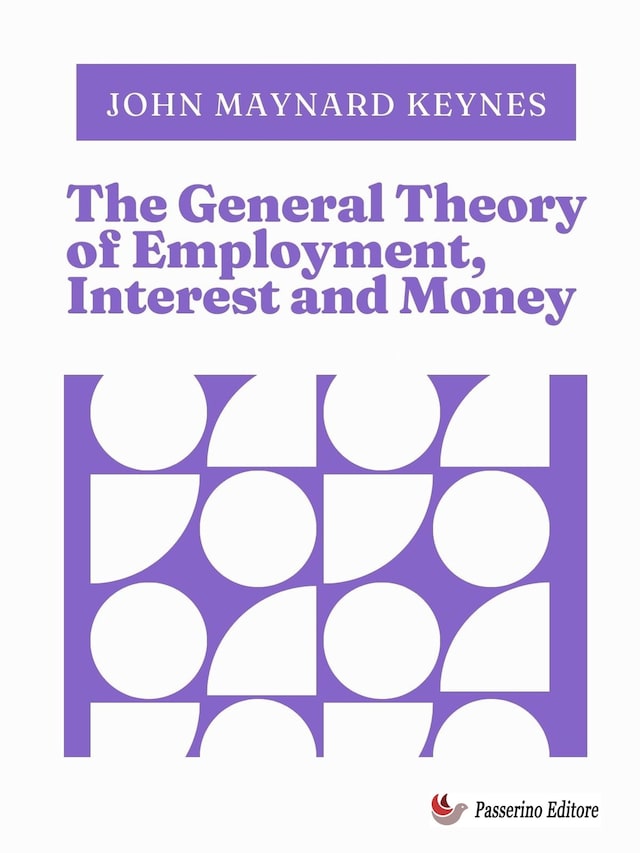
The General Theory of Employment, Interest and Money
Beskrivning av boken
The General Theory of Employment, Interest and Money is a book by English economist John Maynard Keynes published in February 1936. It caused a profound shift in economic thought, giving macroeconomics a central place in economic theory and contributing much of its terminology – the "Keynesian Revolution".
The book is divided into two parts. The first part, "The Pure Theory of Employment", sets out Keynes's theoretical framework for understanding the determination of employment levels. The second part, "The Applied Theory of Employment", applies this framework to the specific problems of the Great Depression.
Keynes's key argument is that the level of employment is not determined by the supply of labor, as classical economists had argued, but by the demand for goods and services. If the demand for goods and services is insufficient, then there will be unemployment, even if there are willing workers available.
Keynes argued that the government can play a role in stimulating aggregate demand through fiscal policy, such as increasing government spending or cutting taxes. He also argued that the central bank can play a role by increasing the money supply, which will lower interest rates and make it easier for businesses to invest and hire workers.
The General Theory of Employment, Interest and Money was a highly influential book, and its ideas have been incorporated into mainstream economic thinking. However, it has also been criticized by some economists, who argue that it is too simplistic and that it does not take into account all of the factors that affect employment levels.
Despite these criticisms, The General Theory of Employment, Interest and Money remains one of the most important books in the history of economics. It has had a profound impact on economic policy, and its ideas continue to be debated and discussed by economists today.
John Maynard Keynes was an English economist and philosopher whose ideas fundamentally changed the theory and practice of macroeconomics and the economic policies of governments. He was born in Cambridge, England, in 1883, and educated at Eton College and King's College, Cambridge.
Keynes's early work focused on probability theory, but he later turned his attention to economics. In 1936, he published his magnum opus, The General Theory of Employment, Interest and Money, which revolutionized economic thinking.
 John Maynard Keynes
John Maynard Keynes 538 Sidor
538 SidorKategorier:
Format:
Språk:
Engelska